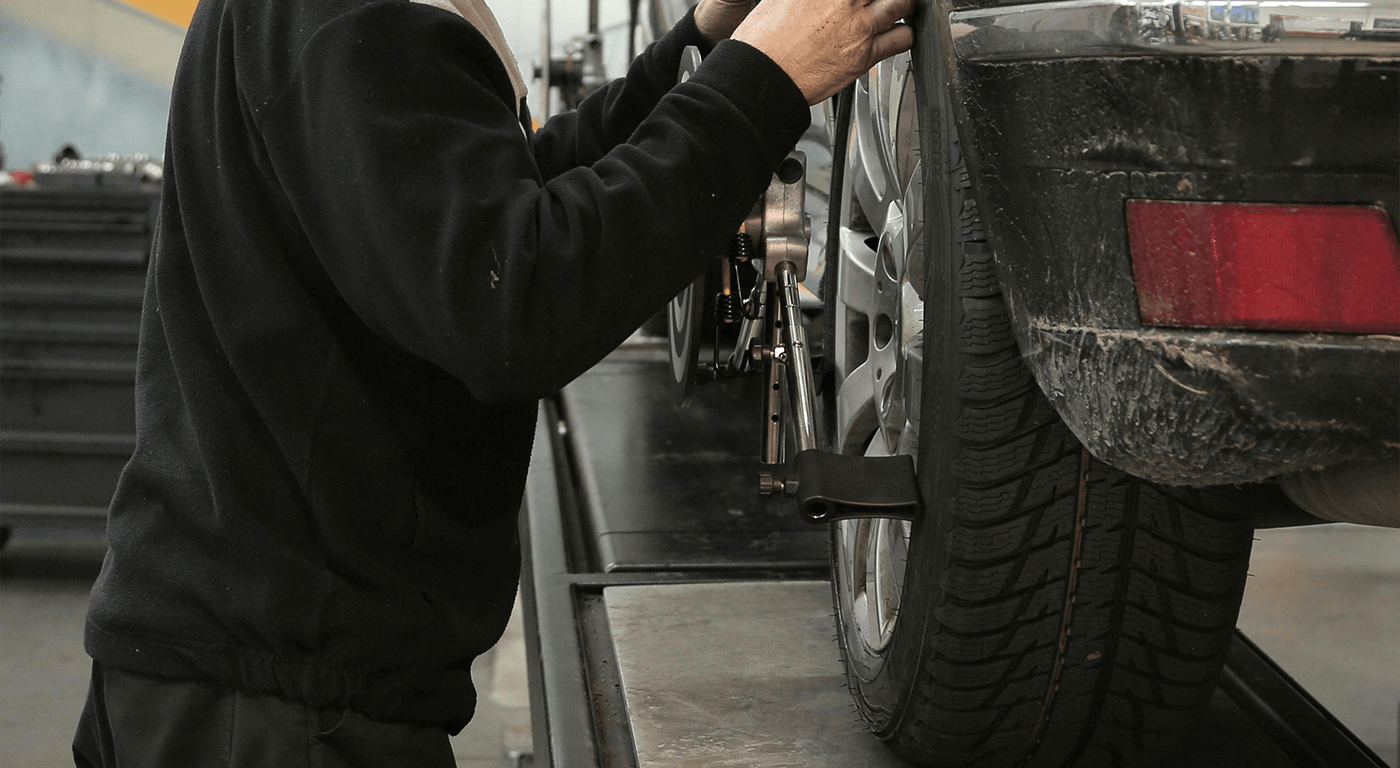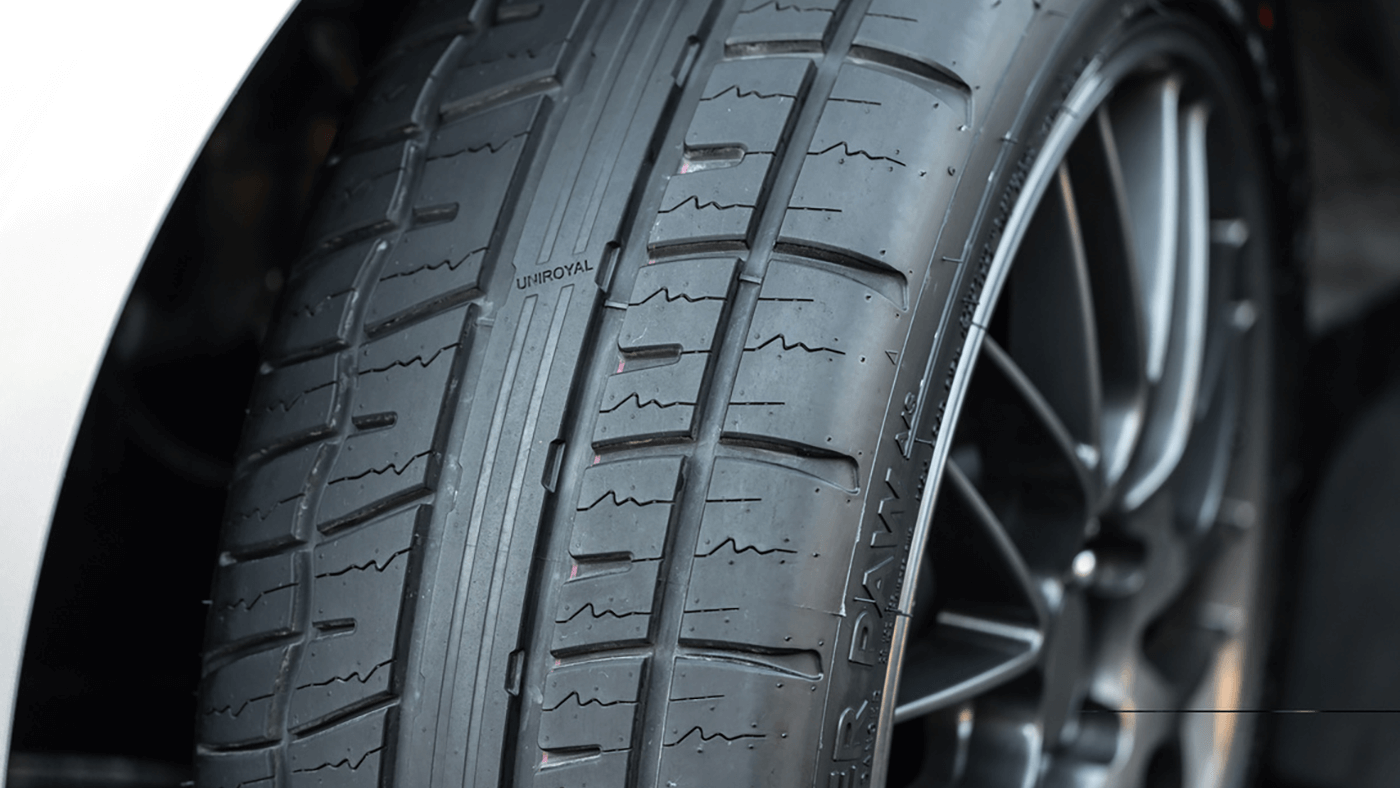I'll admit something you probably already suspected: I haven't tested all the tires available on Blackcircles.ca. So how is it that I'm able to recommend some products and not others, and still be honest? Well, it's because every tire on the market undergoes an impressive battery of tests before arriving on the market. It's thanks to this data that it's possible to determine a product's performance. This led me to ask the question: how can tire manufacturers and other tire experts evaluate all of those variables, from grip to longevity? The answer may shock you if you love rubber. Indeed, one of the things I've learned is that a lot of tires have to be destroyed to keep us safe!
Even before manufacturing...
The real first test doesn't take place in the factory, but in the design labs and on the test track. Once a product has been developed, it must undergo numerous practical tests, often in extreme conditions. Obviously, few companies want to reveal the secrets of their laboratories, but some, like Continental, give us an idea of the process. For the German manufacturer, tires are tested on all types of pavement, both dry and icy. For its winter tires, the company even uses facilities in Sweden to ensure realistic driving conditions.
Before starting mass production of a new product, engineers must ensure the tire's physical properties. This starts with an assessment of the raw materials used, for example for their strength or coefficient of friction. This is followed by product grip tests, then an impact test to ensure their resistance to collisions. Finally, a wear test determines the product's longevity.
Factory testing
Once the tire has left the factory, it must undergo further tests before it can be installed on your vehicle! All manufactured tires undergo meticulous inspection, often aided by state-of-the-art machinery and sometimes even artificial intelligence. Numerous samples are removed from the production line at various points in the process to ensure product quality. Numerous inspections may take place at the end of the manufacturing process too, for example, by performing rolling tests or destroying the tire to understand its robustness. Some factories even test their products on the road.
Now perhaps you can understand a little better why some companies spend millions of dollars every year on research and development! Who'd have thought it was such a long way from the factory to Blackcircles.ca?





